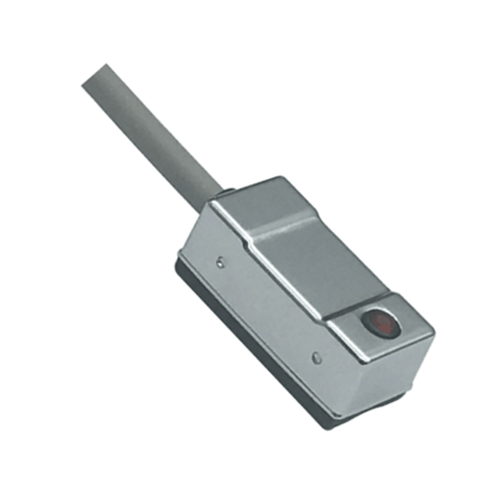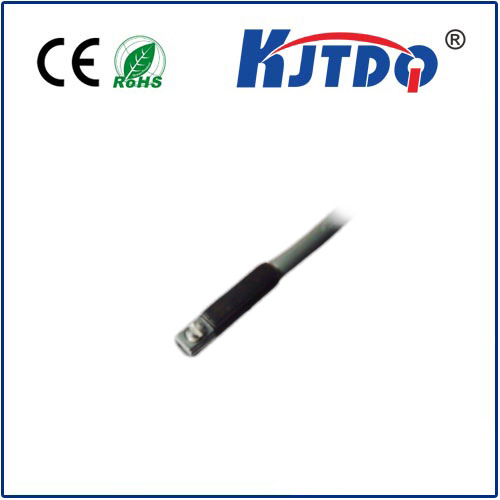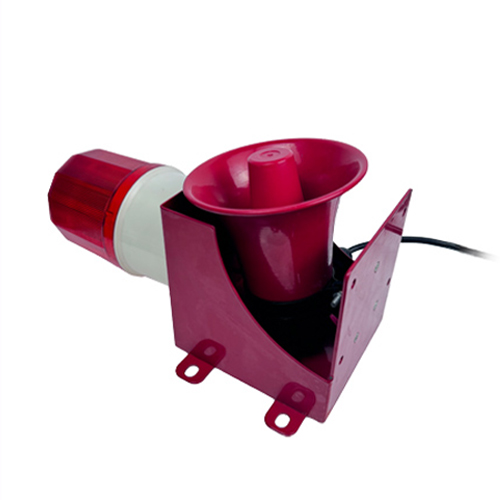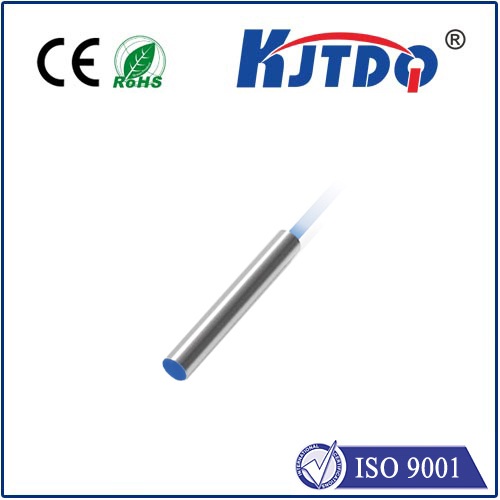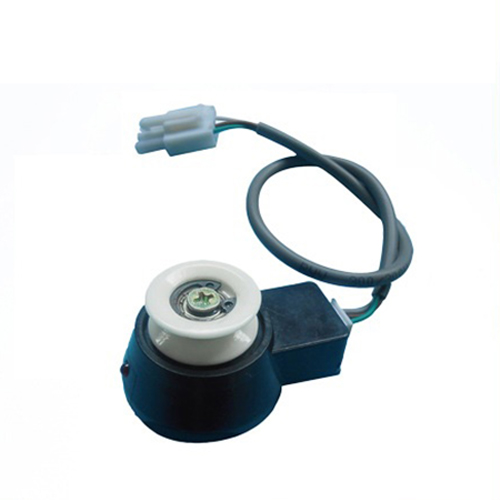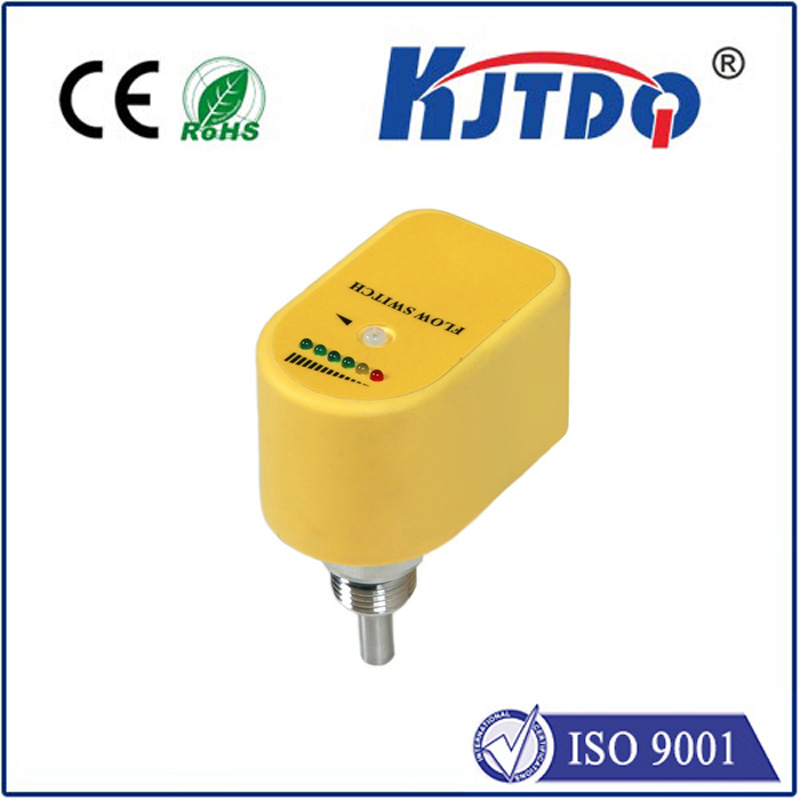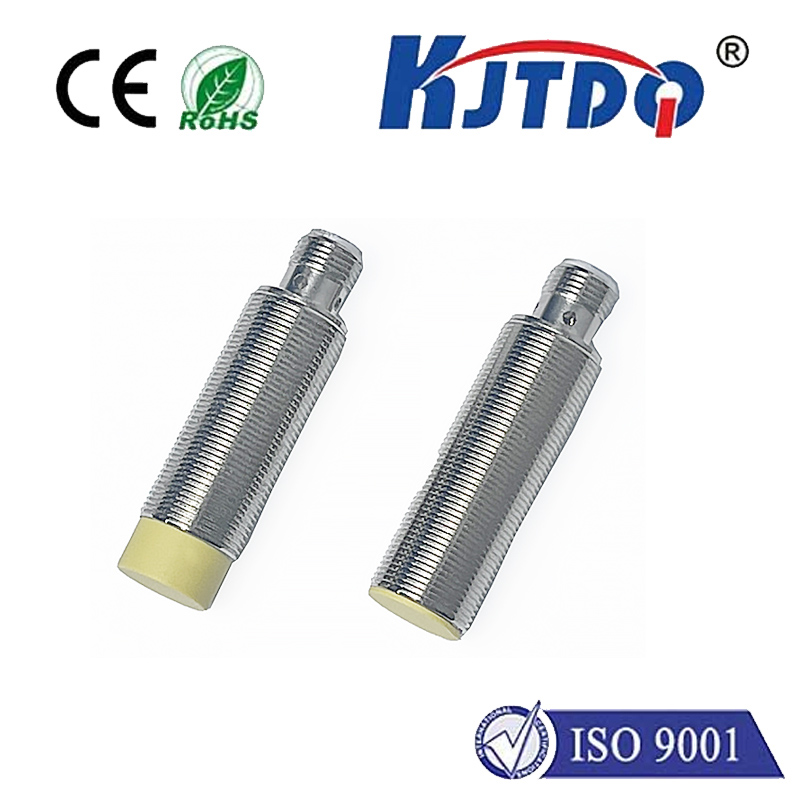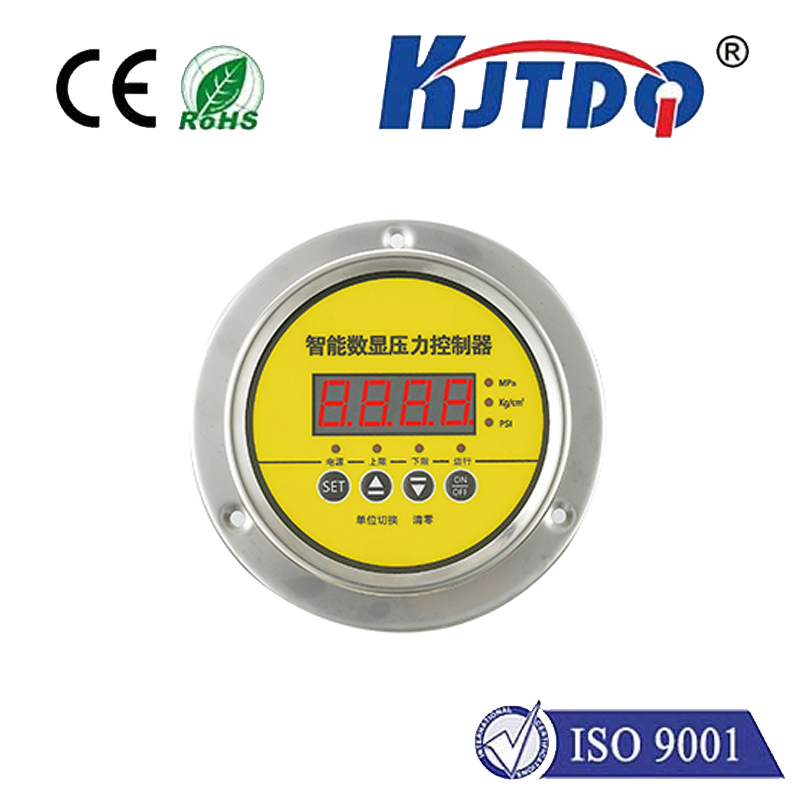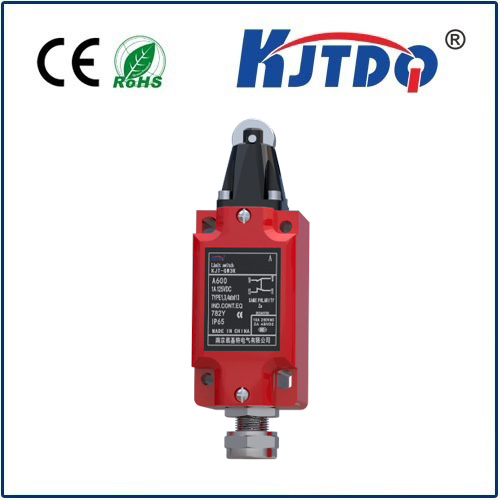BHS001L high pressure proximity sensor
- time:2025-09-29 18:49:38
- Click:0
BHS001L High Pressure Proximity Sensor: Precision Detection in the Most Demanding Environments
Imagine a critical hydraulic press operating near its limit. Monitoring component position under immense pressure is vital, but traditional sensors buckle or fail, risking catastrophic downtime and safety hazards. This is the exact challenge the BHS001L High Pressure Proximity Sensor is engineered to conquer. Designed not just to survive, but to thrive and deliver reliable, precise detection where standard inductive sensors falter, the BHS001L stands as a robust solution for industries pushing boundaries.
Pressure isn’t just a force; in industrial settings, especially hydraulics, pneumatics, die casting, and heavy machinery, it’s a constant, punishing reality. Standard proximity sensors, while excellent in many applications, simply aren’t built to withstand the extreme compressive forces encountered deep within high-pressure systems. Their housings can deform, sensing faces can crack, and internal electronics can be compromised, leading to unreliable signals or complete failure. This vulnerability translates directly to operational risk, unplanned maintenance, and significant cost.

Enter the BHS001L High Pressure Proximity Sensor. Its defining characteristic is its exceptional pressure tolerance, specifically designed to reliably operate within environments subject to pressures reaching 500 bar (7250 psi) or even higher, depending on the specific model configuration. This robustness isn’t accidental; it’s the result of meticulous engineering focused on extreme environment performance.
Key Engineering Features Enabling High-Pressure Survival
- Reinforced Stainless Steel Housing: Unlike standard sensors, the BHS001L utilizes a heavy-duty, typically marine-grade 316L stainless steel body. This material offers superior corrosion resistance alongside the tensile strength necessary to resist deformation under immense external pressure.
- Thickened Sensing Face: The critical point of interaction with the pressure environment is significantly reinforced. A thicker, highly durable sensing face prevents implosion or cracking, ensuring the integrity of the electromagnetic field.
- Advanced Sealing Technology: Achieving an IP69K rating is paramount. This sensor employs sophisticated sealing solutions, often involving special high-pressure O-rings and encapsulation techniques, to prevent pressurised media (oil, water, coolant) from penetrating the sensor’s internals, even during high-pressure washdowns.
- Ruggedized Internal Construction: Electronic components and coil assemblies are securely potted or mounted to withstand the intense vibrations and shock loads often accompanying high-pressure systems, ensuring stable signal output and long-term reliability.
Why Precision Matters Under Pressure
Beyond mere survival, the BHS001L proximity sensor delivers the performance expected in critical control applications. Key specifications typically include:
- Detection Range: Common models offer sensing distances like 2mm, 4mm, or 8mm (depending on target material – usually ferrous metals like iron or steel).
- Output Options: Available in industry-standard NPN or PNP configurations (NO/NC), as well as versions featuring IO-Link digital communication for advanced diagnostics, parameterization, and integration into Industry 4.0 setups.
- Electrical Connection: Robust M12x1 connectors are standard, providing secure, shielded connections that resist vibration loosening.
- Voltage Range: Wide operating voltage compatibility (e.g., 10-30V DC) ensures adaptability to various control systems.
- High Switching Frequency: Capable of detecting fast-moving targets reliably.
- Temperature Stability: Designed to perform consistently across a broad industrial temperature range.
The high pressure proximity sensor capability of the BHS001L makes it indispensable in numerous demanding applications:
- Hydraulic Cylinders: Precise end-position detection of pistons within cylinders operating at hundreds or thousands of PSI. Essential for controlling stroke length, preventing over-travel, and ensuring safety in presses, injection molding machines, and construction equipment.
- Pneumatic Systems (High-Pressure): Monitoring valve positions or actuator states in systems utilizing compressed air or gases at very high pressures.
- Die Casting Machines: Detecting plunger or mold positions within machines where molten metal is injected under extreme pressure.
- Fluid Power Systems (Pumps, Valves): Confirming the position of critical spools, actuators, or components within high-pressure pumps and control valves.
- Test Benches & Pressure Vessels: Non-invasive monitoring of component position or status inside chambers undergoing high-pressure testing.
- Marine & Offshore Applications: Withstanding the pressures and harsh, corrosive saltwater environments prevalent in shipbuilding and offshore platforms.
Implementing the BHS001L: Best Practices
While incredibly robust, correct installation maximizes the lifespan and performance of your BHS001L sensor:
- Mounting: Ensure the sensor is securely mounted using the appropriate brackets or threaded mount (e.g., M18x1). Avoid excessive bending forces on the cable or connector.
- Target Material: Optimize performance by using the specified target material (typically mild steel). Ensure the target is within the rated sensing distance.
- Environment: While designed for pressure, minimize exposure to excessive external impact or extreme temperatures beyond its specified range. Leverage its IP69K rating for washdown areas, but ensure drainage.
- Electrical: Adhere strictly to the specified voltage and polarity. Use shielded cable and proper grounding practices to minimize electrical noise interference, especially important for maintaining signal integrity in noisy industrial environments.
- Protection Against Wear: In applications with potential mechanical abrasion on the sensing face, consider using protective caps or ensuring targets are correctly aligned to minimize direct scraping.
For engineers and maintenance professionals grappling with the challenge of reliable position sensing in high-pressure zones, the BHS001L High Pressure Proximity Sensor offers more than just resilience; it delivers critical operational intelligence. It transforms a potential point of failure into a bastion of reliability. Its proven ability to function accurately and consistently under continuous, extreme compressive loads makes it an essential component for enhancing safety, maximizing uptime, and ensuring precision control in the most demanding industrial landscapes. When pressure is the norm, settling for standard sensors is a risk you can’t afford.






